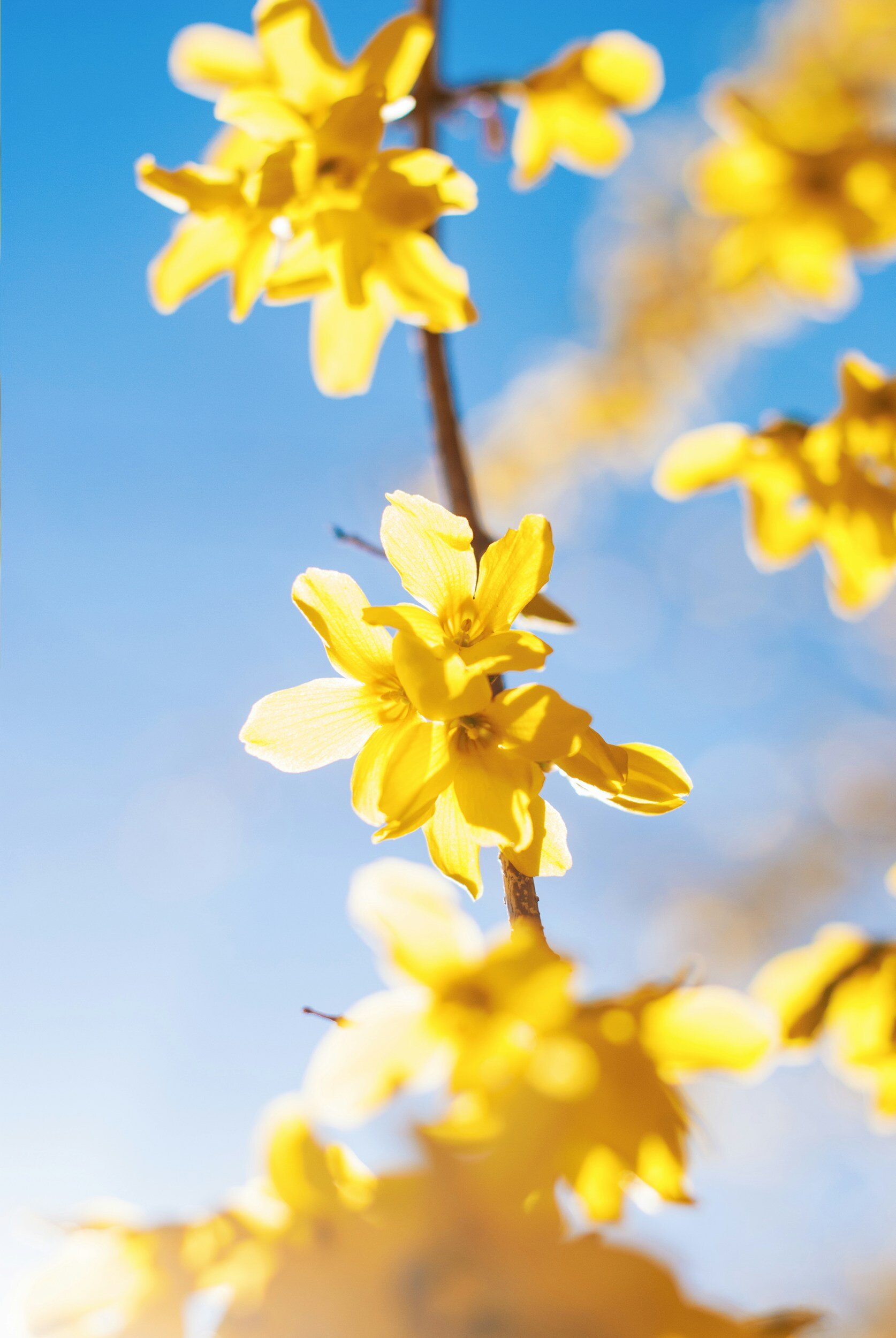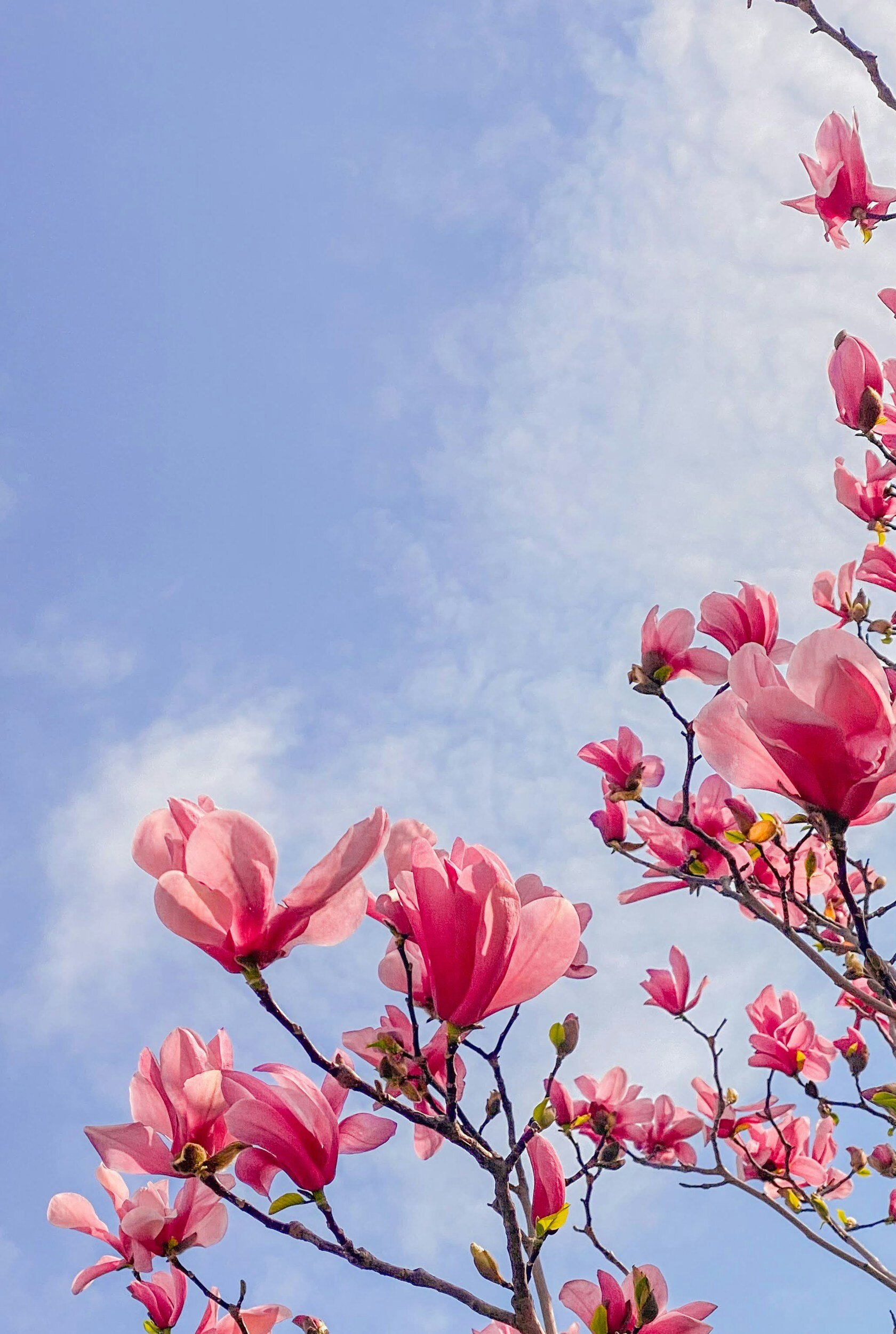Forcing Forsythia Indoors For Early Spring Blooms
Spring is a time of new beginnings, and this is reflected in the blooms of many plants. I spend more distracted minutes than I care to admit staring out of windows each day hoping for a streak of color in the garden beds to bring life back into the cold and gray landscape of early spring. In my gardens, the first to appear are the purple crocuses, small and delicate. Following behind soon after will be the daffodils - cheerful yellow and white blooms to ring in the season and excellent flowers for your vase. Before long it is a cacophony of blossoms, from tulips with their vibrant colors and delicate blooms to lilac and hyacinths, fragrant flowers that come in a range of colors, from pastels to bright hues, and are a favorite of gardeners and florists alike.
I’ll be the first to admit that winter isn’t the easiest season for me. Living in New England, you’re forced to acclimate to the colder temperatures, but even after a lifetime spent in this northern climate I still struggle with just how long, cold and gray winter can be. My chronic pain is also made worse by colder weather affecting my joints. The only consolation is that spring is all the sweeter for it. You can’t miss what you can’t measure, and winter ensures that I never take the sweetness of spring for granted.
While I love each and every flower that appears, my favorite blooms this time of year are not the ones that poke their way up out of the thawing earth. I find inspiration in the dogwoods, cherry blossoms, magnolia and forsythia (a burst of sunshine) too. These flowering trees and shrubs are a beautiful addition to any spring landscape. But if you’re impatient like me, and the winter was long, you may find yourself wishing there was a way to speed things up a bit and enjoy a bit of spring in your own home. My favorite way to do just that? Take a trip outdoors (bundle up if you must!) and snip off a few of those wayward branches you were meaning to prune anyhow to force those spring bud branches to bloom indoors. This simple little trick is especially gratifying if you live with chronic pain like I do, and just need a quick way to feel connected with nature without putting additional stress on your body. Chronic illness can so easily take away parts of our identity (like being a gardener) if we let it. So I always like to prioritize small activities like this that reinforce my sense of self.
How can you force spring bud branches to bloom inside?
Forcing spring bud branches to bloom inside is a fun and easy process. All you need is a pair of sharp clippers and a container to fill with water and place your cuttings in. Once you’ve gathered your supplies, head outside and look for a branch (or ten) that needs pruning. You can accomplish two tasks in one this way - prune off unwanted branches at the perfect time of year to do so, as well as bring some beautiful flowers indoors!
Cut branches: Cut branches from deciduous trees or shrubs that have swollen buds, but have not yet started to leaf out. Ideal trees to use are cherry, plum, apple, or forsythia. Cut branches early in the morning while they are still dormant, using sharp pruning shears to make a clean, angled cut. To improve your chances of success, make some small cuts up the ends of the branches as well.
Hydrate: Place the cut branches in a container of warm water to allow them to hydrate and start absorbing water. You can add some flower food to the water to help extend the life of the blooms, but you don’t have to.
Condition the branches: Place the container in a cool, dark room for a day or two to help the branches adjust to indoor conditions.
Warmth and light: Move the container to a warm, bright room with indirect sunlight. This will help to promote the growth and blooming of the flowers.
Change water regularly: Check the water level in the container daily and change it regularly to prevent the growth of bacteria that could harm the blooms.
Wait: It may take several days to several weeks for the branches to start blooming, depending on the type of tree and the conditions in your home. Be patient, and enjoy the process of watching the flowers slowly start to appear.
Once the flowers have opened, you can arrange the branches in a vase and enjoy their beauty in your home. If you’re lucky, your branches may even develop roots in the water - you can try planting these outdoors when they are done blooming! Now you’ve pruned your plants, added beauty to your home AND propagated new ones for free. You can probably see why I love this little project so much!
How does forcing blooms work?
Forcing spring bud branches to bloom inside works by manipulating the environmental conditions that the branches experience, in order to encourage them to bloom earlier than they would naturally. By changing the temperature, light, and water conditions that the branches experience, you are effectively tricking the branches into thinking that spring has arrived earlier than it naturally would. This encourages the branches to bloom, allowing you to enjoy the beauty of spring in your home, even if the weather outside is still cold and dreary.
What plants can you force bloom indoors?
Many deciduous trees and shrubs can be used to force buds to bloom inside, but some work better than others. Here are a few species that are often used for this purpose:
Forsythia: This is a popular choice for forcing due to its bright yellow flowers that bloom early in the spring and its hardy nature.
Cherry: Cherry branches have delicate pink or white flowers that are very fragrant and make a beautiful addition to any room in your home.
Plum: Plum branches produce fragrant, delicate flowers in shades of pink or white.
Apple: Apple branches have delicate pink or white flowers that are lightly fragrant and make a beautiful addition to any room in your home.
Magnolia: Magnolia branches have large, fragrant flowers in shades of pink, purple, or white, and make a dramatic statement when displayed indoors.
Dogwood: Dogwood branches have delicate flowers in shades of pink or white, and are also prized for their attractive bark.
Quince: Quince branches have fragrant, bright pink flowers that bloom early in the spring, making them a popular choice for forcing.
Crabapple: Crabapple branches have delicate pink, red, or white flowers that are lightly fragrant and make a beautiful addition to any room in your home.
These are just a few examples of the many species that can be used. Play and experiment with different plants to see what works best for you.
What are the benefits of bringing fresh spring flowers inside?
There is a growing body of evidence to suggest that fresh flowers inside can have a positive impact on mental health. Here are a few of the key benefits:
Boosts mood: Research has shown that flowers can have an immediate impact on mood, making people feel happier and more relaxed, as well as more balanced and centered.
Improves memory: Studies have found that having fresh flowers in the home can improve memory, particularly in older adults.
Increases creativity: Flowers have been found to stimulate the mind and increase creativity, making them a great addition to workspaces or creative spaces.
Provides a connection to nature: Flowers are a reminder of the beauty and abundance of nature, providing a connection to the natural world and promoting feelings of peace and calm.
Bring fresh flowers inside have been shown to have a positive impact on mental health, helping people to feel happier, more relaxed, and more connected to the world around them.
Whether you enjoy having fresh flowers in your home, workspace, or creative space, the mental health benefits are undeniable.
Another benefit of this practice is that it intentionally forces you to spend time outdoors, at a time of year when the rainy spring weather may tempt you to stay cozied up inside. But anyone who has ever gone outdoors after a fresh spring rain shower will tell you there is a certain smell in the air during this time of year that cannot be replicated in summer, fall or winter. Scientists have actually named this phenomenon- “Petrichor” is the term for the unique, earthy smell associated with rain. It is caused by the water from the rain combining with certain compounds like ozone, geosmin, and plant oils in soil.
Even more impressive is the fact that soil contains a natural antidepressant; a microbe in the soil called Mycobacterium vaccae that is confirmed to stimulate serotonin production, leaving you feeling relaxed and happier. When you garden and work the soil, you actually inhale these beneficial bacteria in addition to having topical contact with it, making multiple points of entry for this natural stress reliever to enter your bloodstream. I see this as further proof of what I know intuitively as a gardener; spending time in nature in spring is a uniquely healing experience.




